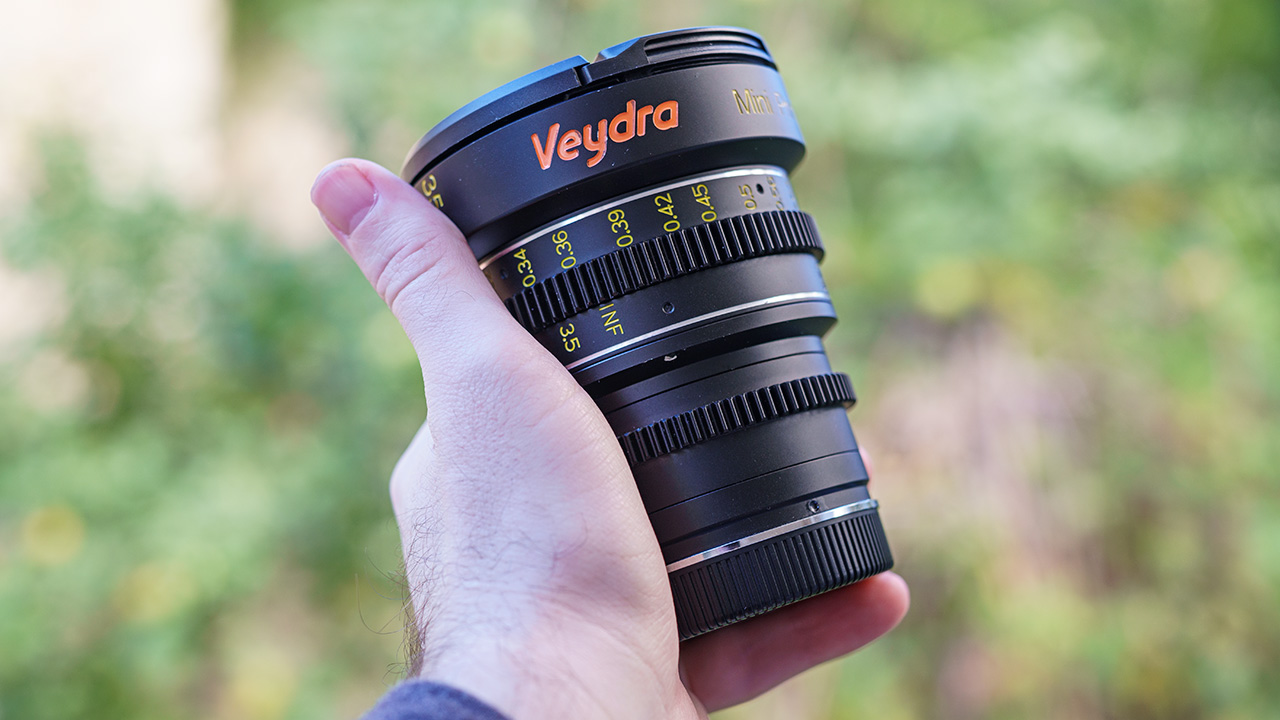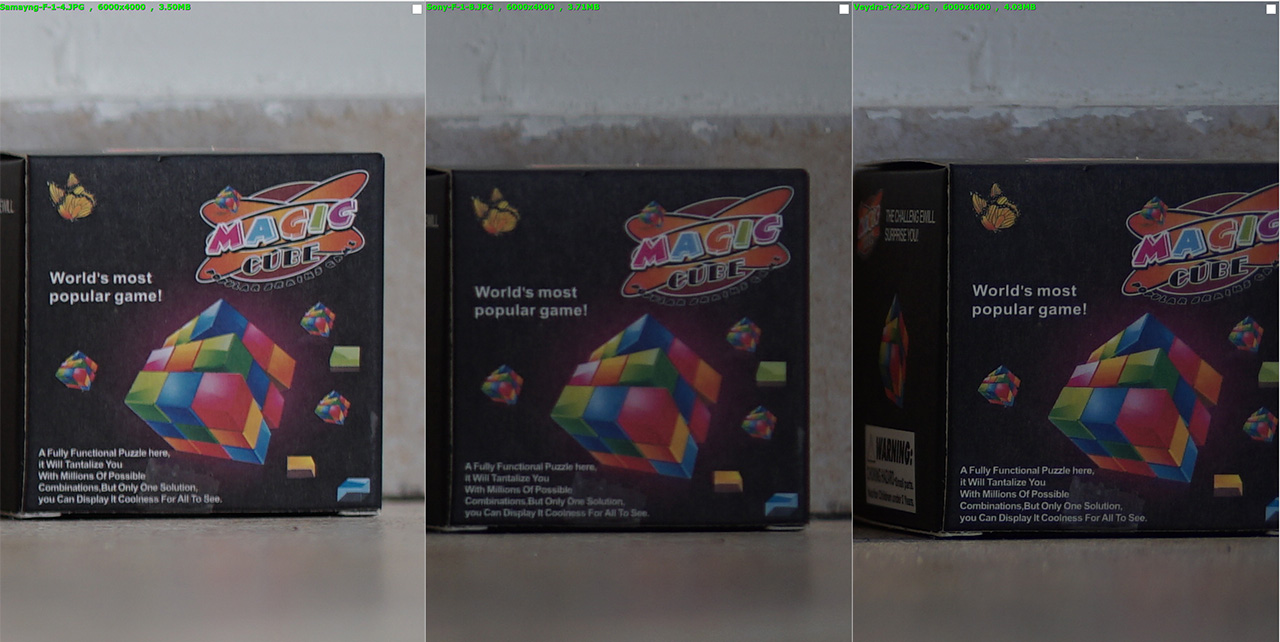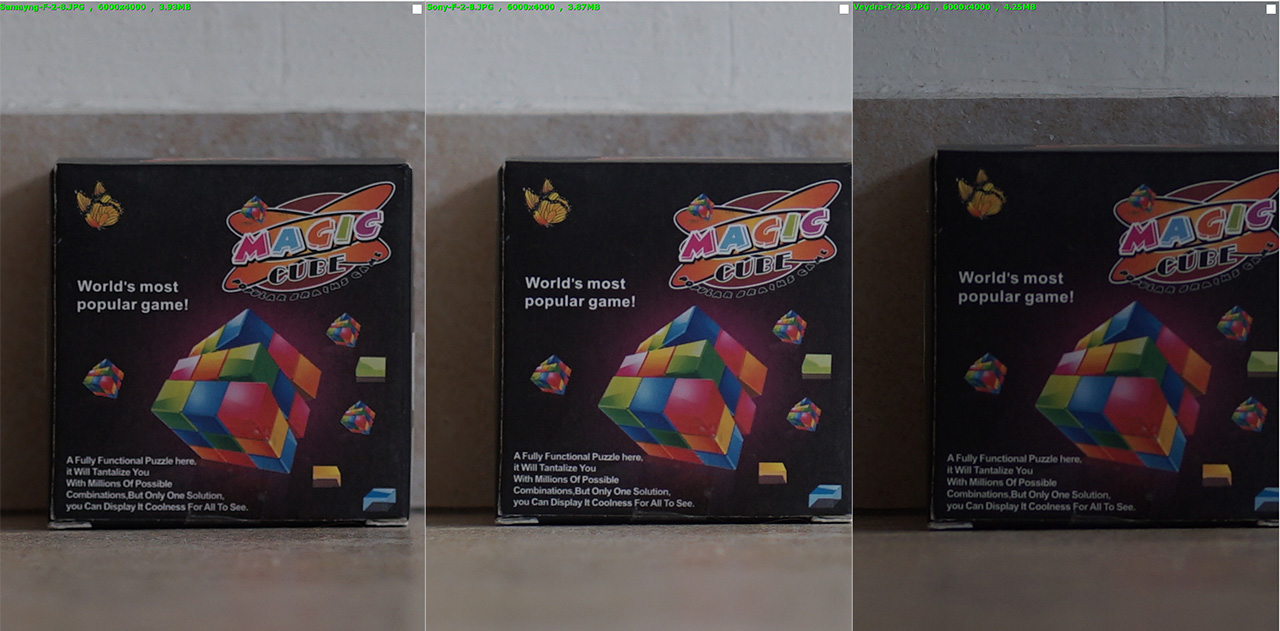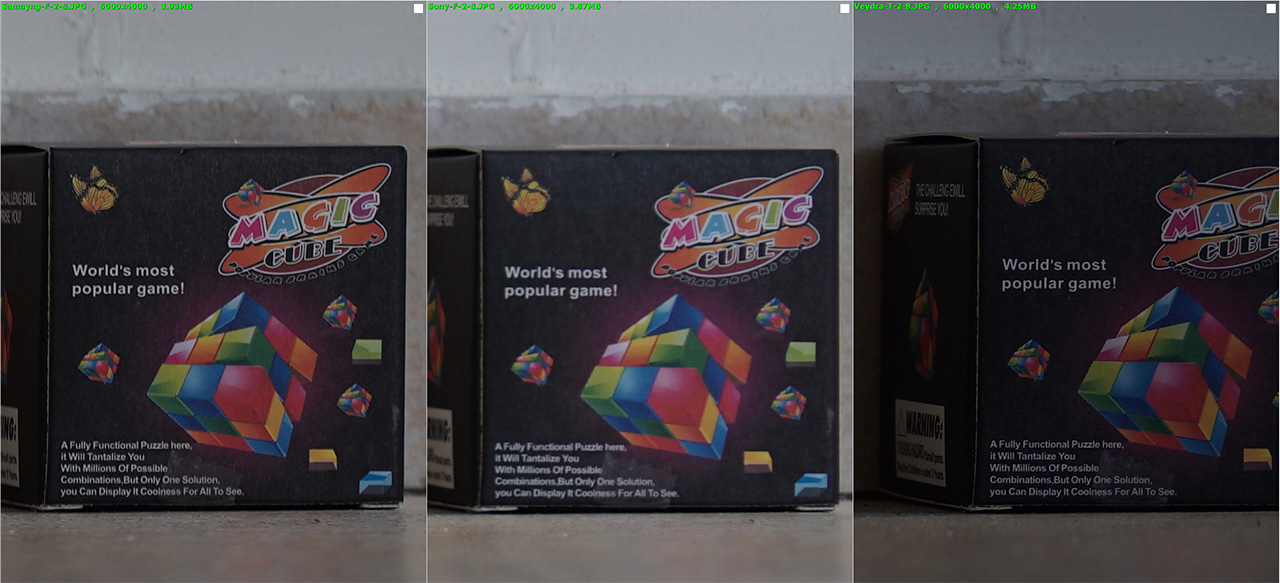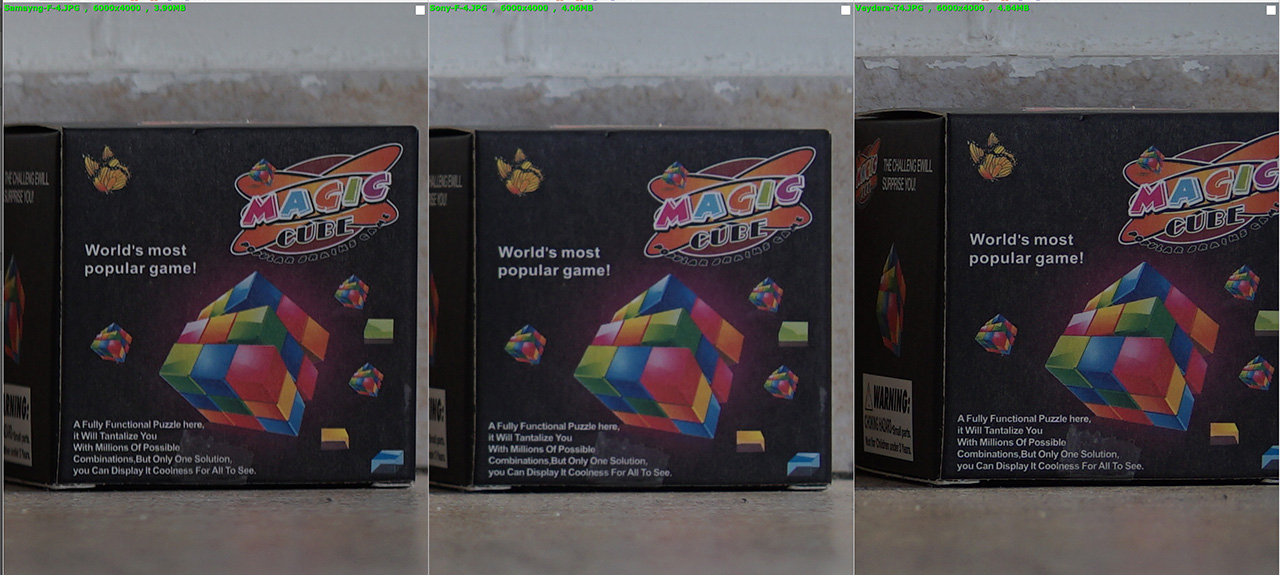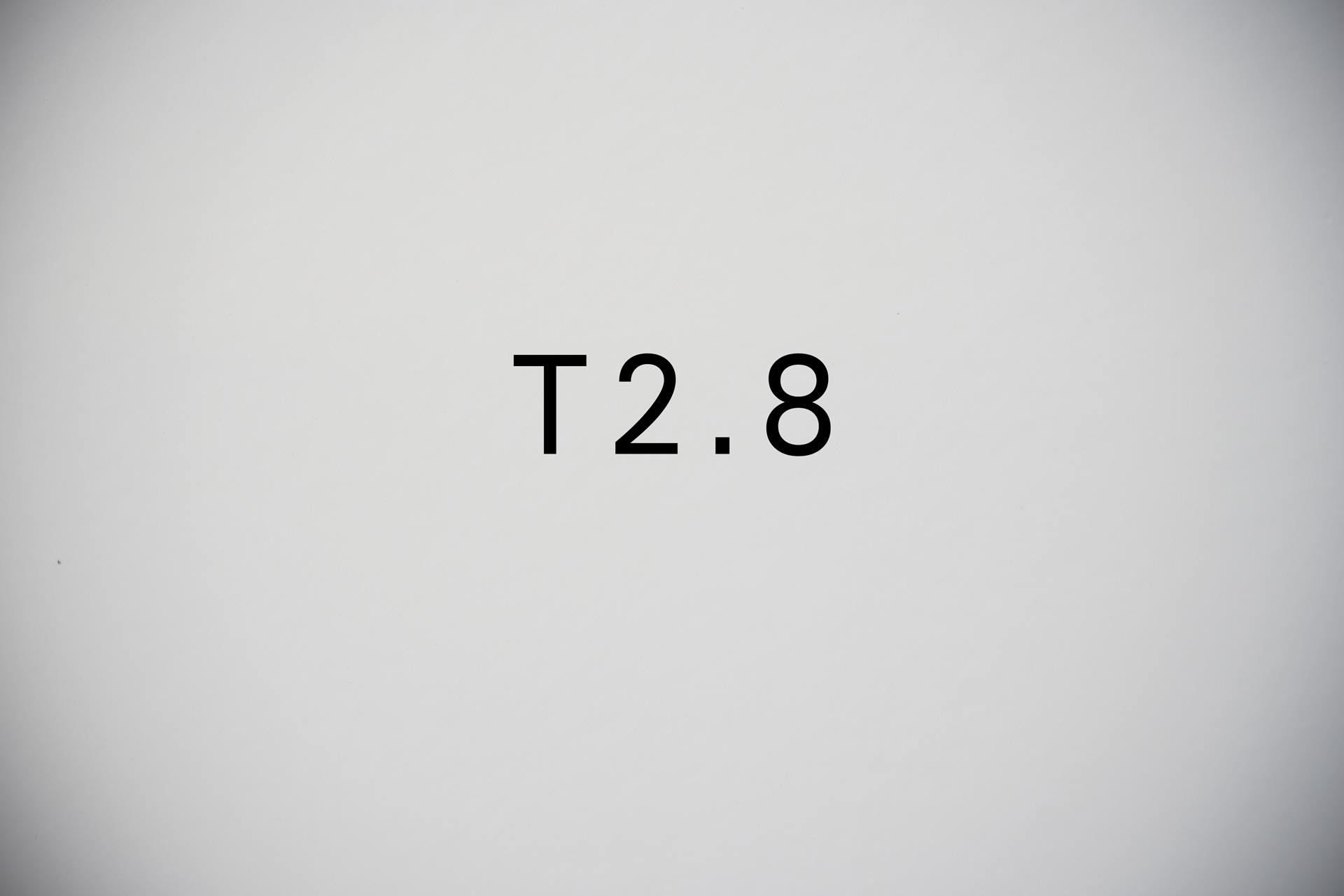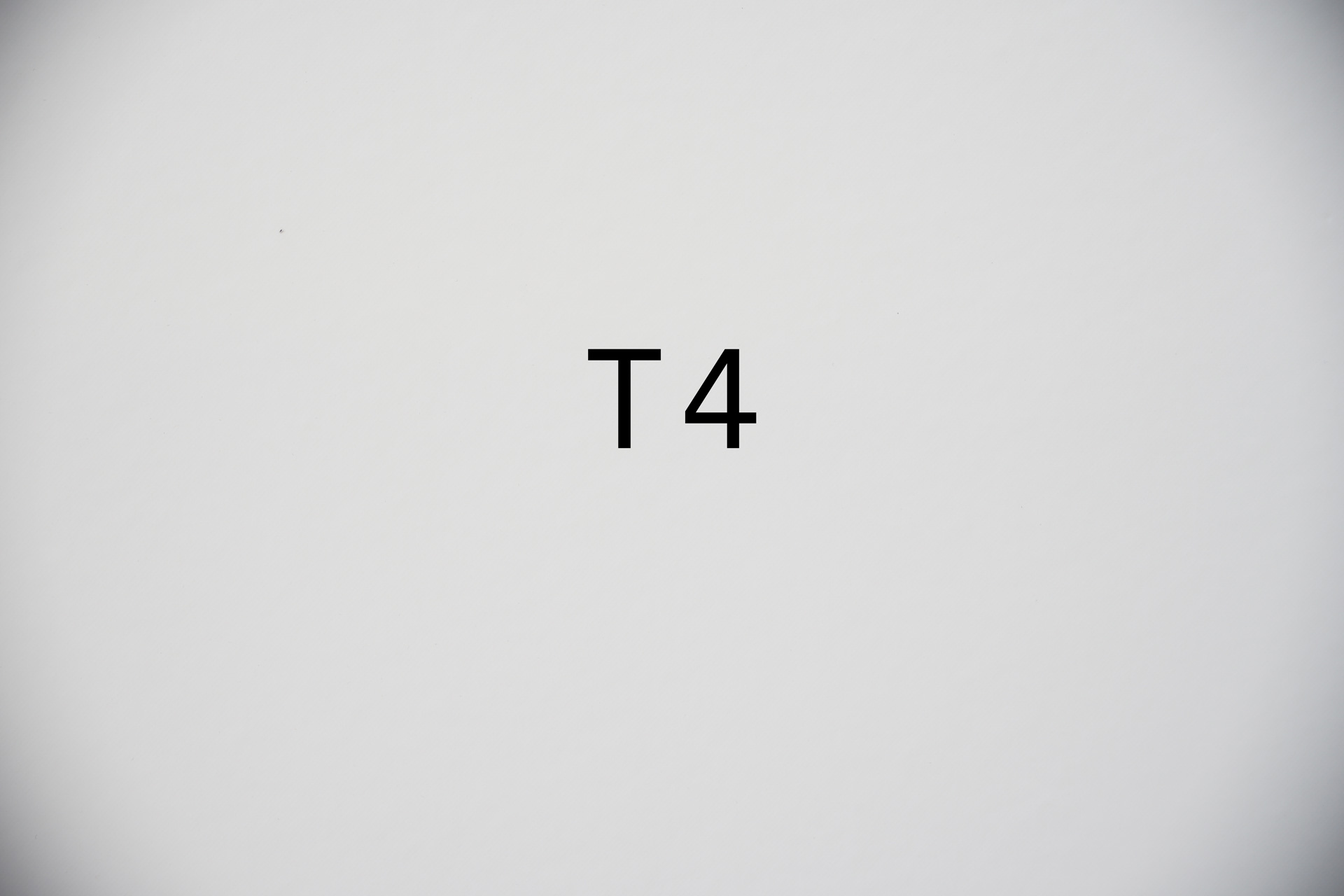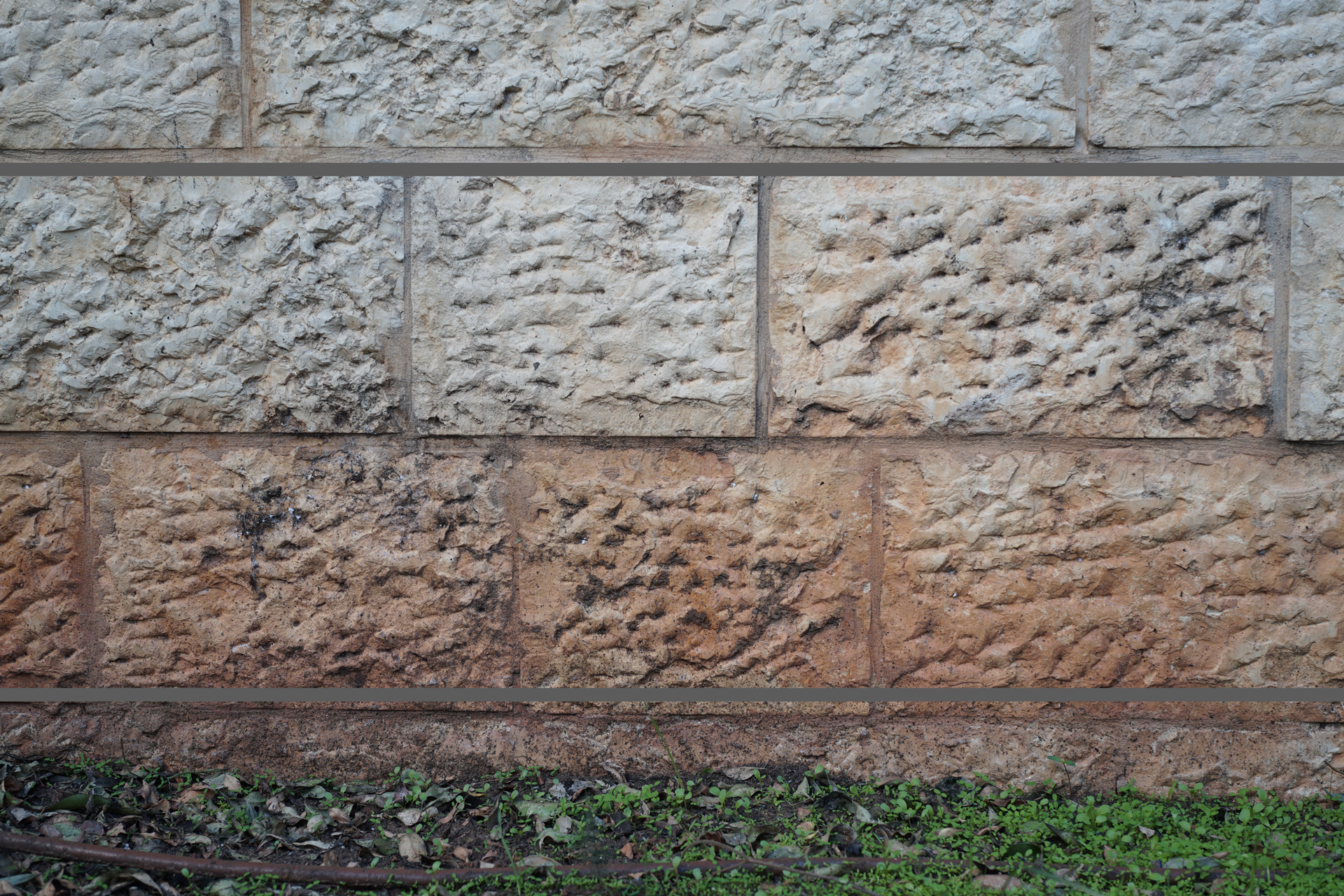Earlier this year we got our first chance to test a cine lens – the Veydra Mini Prime 35mm T2.2.
Cine lenses are typically very large and bulky which might be O.K. for larger pro cinema and video cameras but for those using smaller mirrorless cameras for video productions, working with these huge and expensive lenses is not really an option in many cases.
In 2014 a successful Kickstarter project launched a series of dedicated small and light Cine lenses designed specifically for mirrorless cameras called Veydra Mini Primes. The original campaign was for Micro 4/3 & Blackmagic Pocket Cinema camera mounts however since than Veydra also added C-Mount, Sony FZ, and Sony E Mount versions for their line which currently includes 7 prime lenses with T2.2 apertures.
Veydra Mini Prime 35mm T2.2 in the hand – small and light Cine lens
So let’s take a closer look at the Veydra Mini Prime 35mm T2.2:
Build and design
- Build quality – The build quality of the lens is good. It has an all-metal body and mount and the attached short hood is also made out of metal. Despite being small the lens feels quite robust although of course not in the same way high-end pro level Cine lenses do.
- Size and weight – The lens is really tiny compared to almost any other Cine lens that we are aware of. It measures just over 11cm (a bit over 4 inches) long and weighs just over 550 grams or a bit over 1.9lbs.
- Ring – As you would expect this lens has two rings – the closer to the camera is the aperture ring and the second is the focus ring. You can get the lens with markings in feet or metric (we got a metric lens) and like the rest of the line, it has 0.8 cinema pitch gears on both rings.
Both rings felt nicely dampened, not too loose and not too hard to rotate. Talking about rotation, the focus ring has a 300-degree rotation which is one of the biggest differentiators from stills lenses along with the click-less aperture ring. - Hood – The lens comes with a non-removable short metal hood. Keep in mind that the front element of this lens is extremely recast so there is little chance of scratching it accidentally.
Performance
- Focusing – This is a manual focus only lens and as we have mentioned it has a 300-degree rotation and it feels nice and easy to turn. We really wanted to try this with a new follow focus system that we are waiting to test but it wasn’t ready on time for this review, sadly, so we can’t really comment on using it in this configuration.
- Focus breathing – focus breathing is a measurement of how much change you get in the framing when changing the focus from one point to another. Many high-quality Cine lenses have very little focus breathing which can be important for the look of a scene when you focus on one subject and want to move to another which is closer or further away without “zooming in/out” of the frame. We were hoping that the Veydra will demonstrate better results in this test being marketed as a Cine lens – but as you can see this is sadly not the case.
Focus breathing – distant focus (from the video – notice the arrows)
Focus breathing – close focus – notice how much tighter the frame is
- Sharpness – We used the Sony E-mount version of this lens on our A6500 (more on that in a minute) and we compared it to two other 35mm APS-C lenses – the outstanding little Sony E 35mm f/1.8 OSS and the Samyang 35mm f/1.2 (review coming soon as well). In terms of pure sharpness, this lens seems to perform very well both in the center and in the corners (although those are quite dark as we will see in more detail in a minute). There seems to be little point in closing this lens down to get better sharpness as the lens is plenty sharp wide open.
Wide open – Center – Left: Samyang 35mm f/1.2 @F1.4; center: Sony E 35mm f/1.8 OSS@f/1.8; Right: Veydra 35 T.2.2@T.2.2 [this isn’t a perfect comparison since the apertures are different, but you can see a much better comparison at F/2.8 and F/4 bellow]
Wide open – Corner
F/2.8 and T/2.8 – Center
F/2.8 and T/2.8 – Corner
F/4 and T/4 – Center
F/4 and T/4 – corner
- CA – We haven’t noticed any significant chromatic aberration when shooting with the lens.
- Flare – The short hood doesn’t do enough against direct light as you can see on our test and there seem to be quite significant flaring – although we do admit that this is a pretty challenging scenario, to begin with.
- Vignette – As you can see from our test on the screen right now, wide open this lens has some significant darkening in the corners of our A6500. Closing to T2.8 brings some improvement and at T4 it is almost gone (although not completely). This lens was clearly made to work better with a smaller sensor.
Vignette test at T2.2 (on Sony A6500 APS-C)
Vignette test at T2.8
Vignette test at T4
- Barrel – This lens doesn’t seem to have any visible barrel or pincushion distortion.
No barrel/pincushion distortion
- Bokeh – you can see the character of the bokeh on this stills image that we took as well as the nature of the light circles wide open which are not round but more oval shaped.
The bokeh at T2.2
Conclusion
We have mixed feelings about the Veydra Mini Prime 35mm. On the one hand, this lens is well built, small and relatively light with clear visible markings, long focus throw and maybe most importantly very good sharpness corner to corner, even wide open.
On the downside the lens has some serious focus breathing, it’s short hood doesn’t seem to allow it to handle front light all that well, but most importantly, at least on an APS-C sensor, you will be getting quite a harsh darkening in the corners if you don’t close down to about f/4 or slower.
A perfect fit for micro 4/3 (not so much for APS-C / super 35)
We did have a quick talk with Veydra about this and their simple answer was that this lens was designed for micro 4/3 sensors and should perform optimally on these type of smaller sensors. We can only hope that the company will come up with an improved design for APS-C based cameras with better coverage and better breathing performance.
As for pricing, at between $950-$1000 (the Micro 4/3 version currently sells on Amazon for only $750), the lens is relatively affordable for what it is (considering most entry-level Cine lenses cost about 4 times as much – although we realize this isn’t really a fair comparison). As for our recommendation, if you are a micro 4/3 shooter and looking for a compact affordable Cine lens and can live with the focus breathing, you will be getting a very good all-around package with good build quality and very good corner to corner sharpness wide open. If you are a Sony E-mount shooter, however, we can’t really recommend this lens unless you are shooting closed down or really like lots of Vignetting in your shots.
You can check out more LensVid exclusive articles and reviews on the following link.

You can support LensVid by shopping with our affiliate partners
Affiliates: Amazon, B&H, Adorama and E-bay.
Why should you trust us?